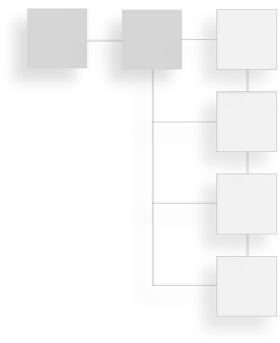Game Development Reference
In-Depth Information
chapter 17
Testing
Test automation enables you to get more testing done with the precious time you have. By
leaving repetitive testing tasks to machines, testers can spend more time on creating new
test designs, improving existing tests, and keeping up with the game code as it changes
throughout the project life cycle. Choosing the right projects, people, and automation
tools will prevent individual frustration and organizational rejection. Capture/playback
testing is one automation approach that you can start working with right away. Ideally,
testers should implement automation as a regular part of their job instead of treating it as
a project of its own that requires additional effort and budget. Capture/playback automa-
tion will come “naturally�? to testers who have practice, skill, and more practice.
Capture/playback test automation is not terribly suited for making “touchy feely�?
assessments of a game. Automated tests excel at comparing stored information against
what occurs during the test, but they cannot judge ease of use, playability, or how fun
a game is.
Most off-the-shelf test automation solutions are not suited for random events such as
mob spawns, AI opponents, or dealing shuffled cards. To support capture/playback
automation in these cases you need access to tools that give you control of the random
number seed(s) or other mechanisms that drive the random behavior in a determin-
istic and repeatable manner. For example, a value can be provided in the game data
file for testers to specify which seed to use for the AI, or a special pop-up in-game control
panel can be provided for the same purpose. This kind of support needs to be identified
—in your test plan or through some other means—early in the project so your auto-
mated tests can be developed in time for test execution.
351


